If you would like to support our work, get involved with our projects, or have a question, we’d love to hear from you! Send us an email and we’ll get back to you as soon as we can.
Contact Information
O4A Locations:
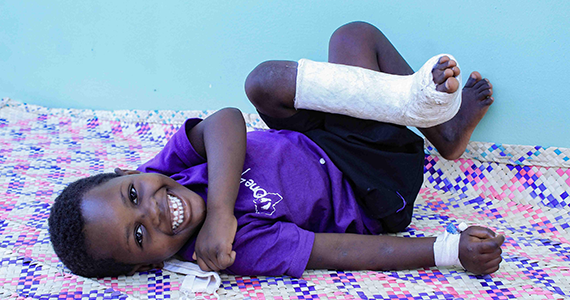
Canadian Office
374 Dunvegan Drive, Waterloo, ON, N2K 2C4, CANADA
Phone: 519-220-1397
Email: gpascoe@one4anotherintl.ca
St. James Orthopaedic & Surgical Center
Plot 5 Circular Road, Jinja, UGANDA
AIRTEL: +256 756 662 030
MTN: +256 778 604 655
Get Updates!
See the transformations of the kids and get our latest news! We'd love to have you join our supportive community. We won't clutter your inbox and you can leave anytime!
© Copyright 2023 One4Another International. All Rights Reserved.
Wonderful Theme








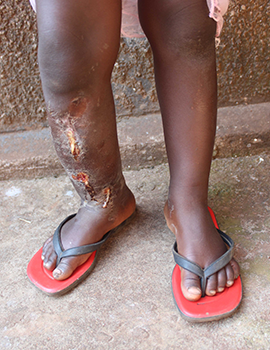
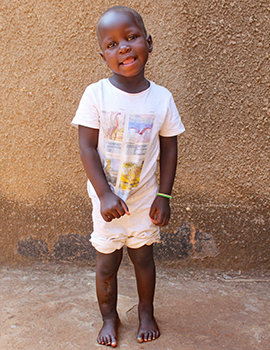
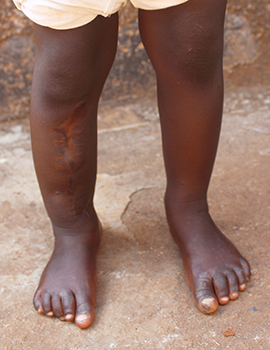
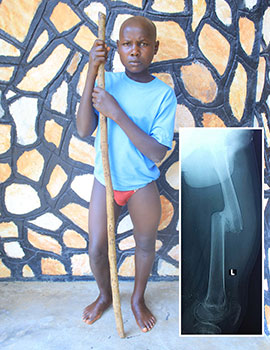
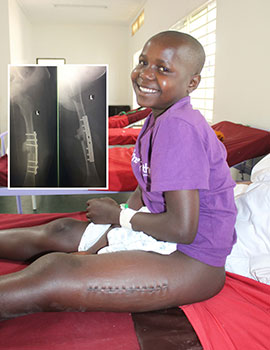
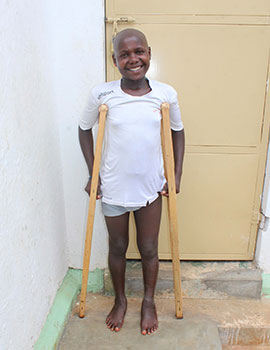
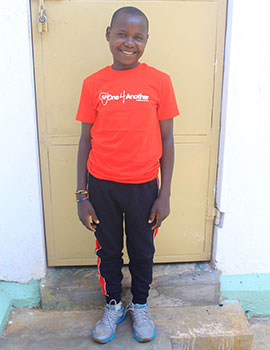
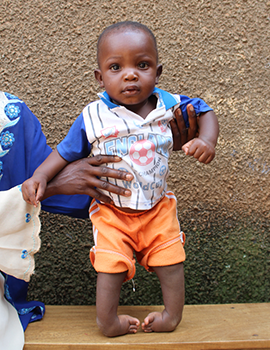
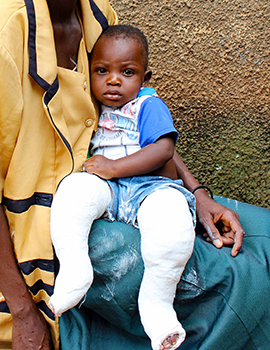
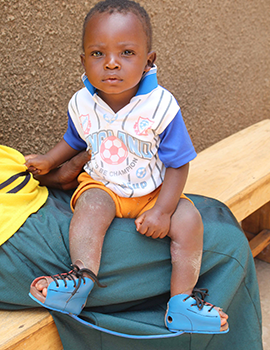
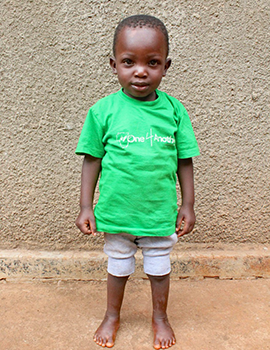
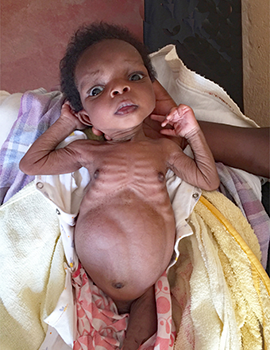
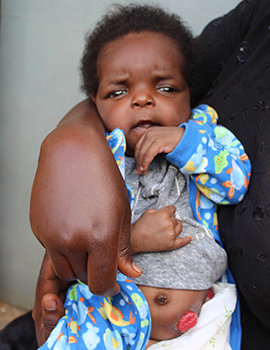
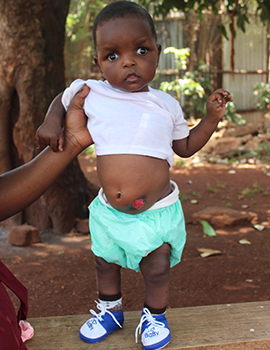
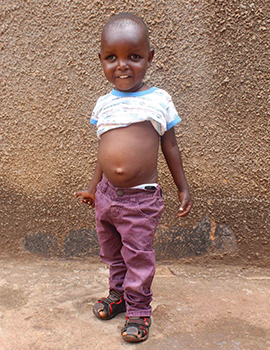
 Musa brings kindness and care to the children we serve as he goes about this works of doing patient assessments, compiling progress notes, and keeps patient information up to date.
Musa brings kindness and care to the children we serve as he goes about this works of doing patient assessments, compiling progress notes, and keeps patient information up to date. Lillian is a primary school teacher by profession but has joined our team as a recreation and play therapist.
Lillian is a primary school teacher by profession but has joined our team as a recreation and play therapist.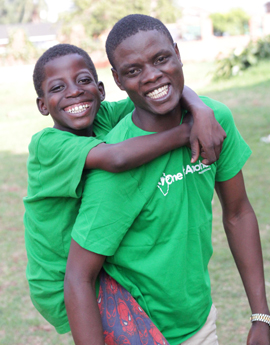 Steven is a natural community builder. He has a background in clinic administration but his passion is linking children in villages with treatment that they otherwise would not receive. He works humbly and tirelessly on behalf of our children and with our community leaders.
Steven is a natural community builder. He has a background in clinic administration but his passion is linking children in villages with treatment that they otherwise would not receive. He works humbly and tirelessly on behalf of our children and with our community leaders.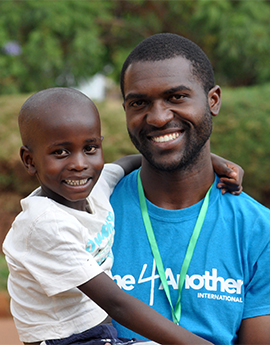 Joel brings enthusiasm and versatility for a role that is near and dear to our hearts and that is ‘follow up care’.
Joel brings enthusiasm and versatility for a role that is near and dear to our hearts and that is ‘follow up care’.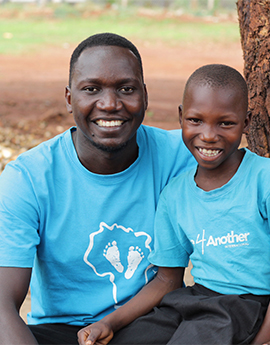 Toni is a program nurse who is helping us expand our capacity in Uganda. He works to get the kids to their appointments and helps facilitate the rehabilitation process which often involves a lot of travel to remote villages. The work is often tedious and progress can be slow which is why the first requirement for hiring our nurses is a genuine love for the children and an affable nature.
Toni is a program nurse who is helping us expand our capacity in Uganda. He works to get the kids to their appointments and helps facilitate the rehabilitation process which often involves a lot of travel to remote villages. The work is often tedious and progress can be slow which is why the first requirement for hiring our nurses is a genuine love for the children and an affable nature.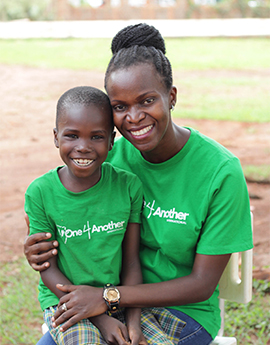 Olivia is our lead nurse and is based in her hometown of Jinja, Uganda. In addition to a nursing degree, she also has a degree in social administration. She coordinates the program on the ground which includes: outreach, assessment, consultation with the surgeons, coordination of medical tests, operation schedules, transportation, and follow-up care.
Olivia is our lead nurse and is based in her hometown of Jinja, Uganda. In addition to a nursing degree, she also has a degree in social administration. She coordinates the program on the ground which includes: outreach, assessment, consultation with the surgeons, coordination of medical tests, operation schedules, transportation, and follow-up care.